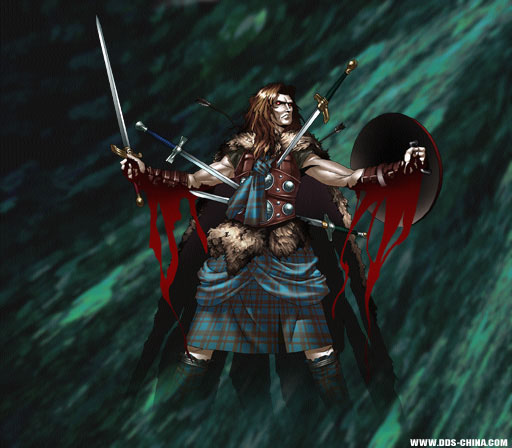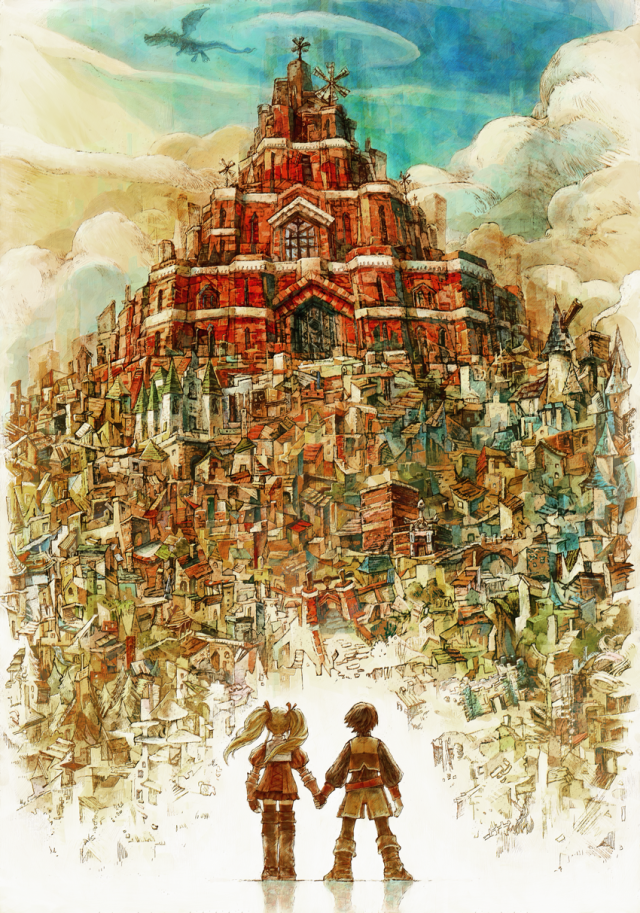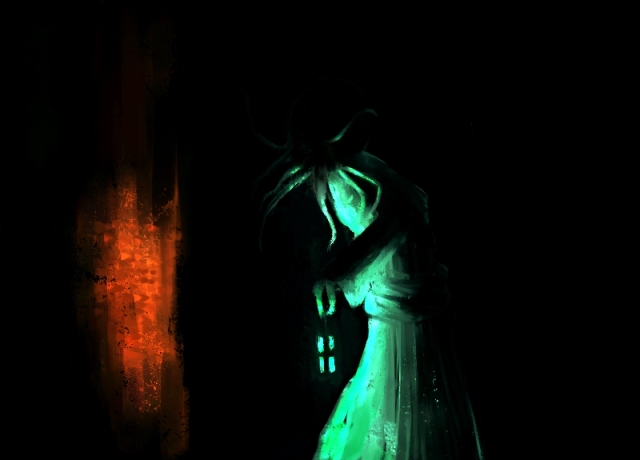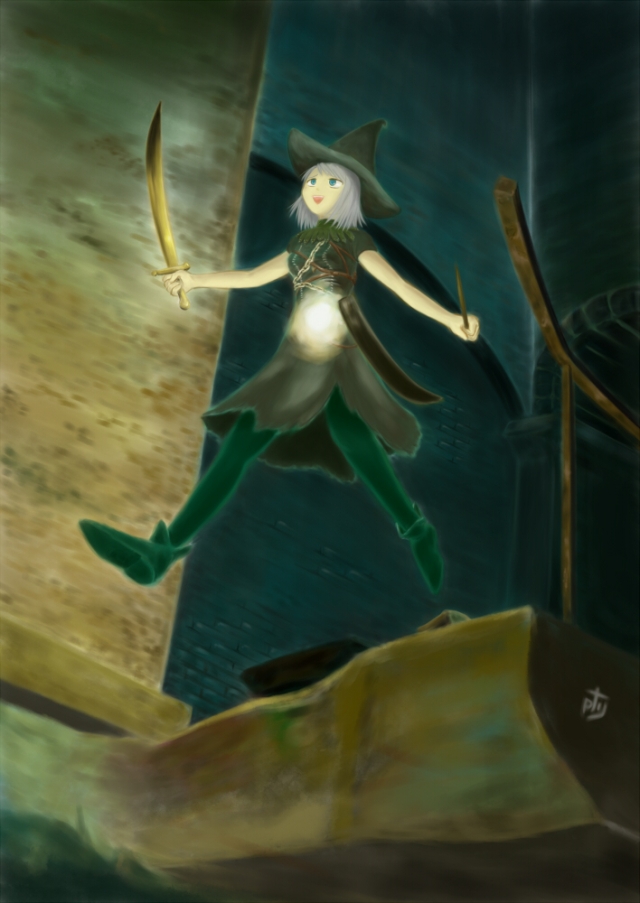I haven’t written as much about fighting games this year, which I kind of intended. Unfortunately this smashing “success” came from me not writing very much here at all, so a big “oops” there. At least in terms of gauging how I feel over time, I wanna make this post while 2013 is still sorta fresh in my mind, thinking about my attitude and development over the year.
I didn’t really make it to any events this year, either…I wanted to travel to NEC and Final Round (and after FR fell through, the Darkstalkers Death and Rebirth tournament at Arcade Legacy), but I ended up not having the appropriate funds and timing for them. And my man Jamaal spending four months in China was a real shot in my motivation locally too, since he was both the person I wanted to beat the most and the one I always really wanted to see at meetups. I still went to a lot of the weekly nights, but I can’t remember hitting up the tournaments throughout the year. Still, I at least made sure to hit up the local charity tournament in November, which was hands down the best event I’ve been to here in the state. I’ll come back to that in a bit though.
Persona 4 Arena still ended up being my main action for most of the year. At some point I thought I was gonna quit but I ended up not really having anything else to play locally in its absence. It helped that it took me almost no effort to stay just as “good” at it as I always was, and in fact I improved a lot more just continuing to play other people than I feel like I would’ve grinding esoteric combos and setups in training mode. Still, on some level I don’t think I’ll ever escape the feeling that this game was a huge failure for me as a player. I really just couldn’t ever figure out why I couldn’t play better and more consistently. In some ways I think it has to do with character choice, since Elizabeth and Aigis are both pretty awful at getting out of most of the game’s heavier pressure, but the time I spent investigating other characters only served to remind me why I didn’t enjoy trying to learn them in the first place.
In the end, I got 5th at what might be our last tournament in the original version of the game, and I was reminded in the end of our first tournament. With people not focusing mainly on the game, the skill level was lower kind of like that first tournament. I felt like I could have beaten anyone there, but instead the result was a total failure. And so I’m left with the same conflicting feelings of, “god I hate this game and am done with it” and “I can’t seriously leave it like that when I know I can do better”
Anyway, the current indication from location tests is that Aigis is even better than before, and changes to the game flow are also going to benefit her a lot. I’ll probably play the game a little, but I’m not sure I want to actually buy it when it seems like all I want to do is pick that character again and just do whatever, like I’ve been doing for the past year already.
King of Fighters XIII is the other really consistent scene around here, but I haven’t found much motivation to practice that game either. Even more than Persona it’s hard for me to escape the idea that I’m “mad because I’m bad.” I’ve definitely seen my decision-making improve over time, but my ability to execute the game’s long combos and short hitconfirms really holds me back and prevents me from winning a lot of otherwise solid matches. And on one level I’m okay saying that that’s how the game works and I’m ready to part ways with it. I do feel like my issues could be mitigated somewhat with better character choice-Mai in particular was often my best character but also a huge liability because she doesn’t work like anyone else and basically fed my laziness-but that’s not really enough for me to want to grind out characters like Hwa Jai and Kim who I don’t really find inherently fun.
I was surprised that at the tournament I went 0-2, which is worse than I usually get at the smaller ranbats that we hold most weeks, but I’m ultimately less frustrated because it’s much easier for me to keep my losses in perspective. And I was doing pretty well against Jose, who won the tournament. I think he wasn’t really warmed up yet, but considering that he also plays three characters who I feel I’m very weak in matchups against I could be a lot more unhappy with it.
Blazblue only came out a couple months ago but I’m actually surprised at how huge it’s been for the anime scene here. A couple of the Persona players are pretty vocally against the game, but it’s brought out some of the older BB players who never got into that game as well as a couple of the GG players who would almost never come out for anything.
My main experience with BB before this version was during CS1, the first game I attempted to take seriously in the local scene at all. This wasn’t all that successful, but as I’ve mentioned before, I was able to find a character with the mix of low combo execution and simple playstyle that I needed to be able to do anything at all: Hazama. But as fun as his mechanics are I really can’t stand playing a character that I just hate that much anymore.
Back in the day, I didn’t know a lot of dedicated fighting game players, but I did have one friend who was pretty down on Blazblue. I actually still like the over-the-top gimmicky nature of the game a lot, and its best characters (Bang, Rachel, Carl, Litchi) are as interesting and fun to me to mess with as those from any other anime game. But, I find as I play more and more fighting games, that I like BB less and less by comparison. It’s neither that the game is “bullshitty” (though it is) nor that I don’t enjoy playing it (because I do). Ultimately, I think the amount of work required to become truly strong in the game is more than I’m interested in really putting in, though. In Persona I could never escape the skill window where I could beat most people sometimes but still lose to anything, because the power of the unexpected and random in that game was off the charts. (This is something Jamaal tried to explain to me over and over, and I did my best against him throwing caution to the wind, but in general I could never really get how to play in a surprising fashion.) In BB it’s just that there are so many matchups and the execution/combos/setups are complicated, difficult, and unforgiving. I’m really not sure I can become a solid contender in the game, but I hope to at least give the local players some experience in the Carl matchup, since he’s an unpopular yet extremely obnoxious/”cheap” character who many people get caught off-guard against. And I honestly find his puppet mechanics really fun to play with now that I’ve finally worked over the initial learning curve; the unique aspect of having Nirvana as an actual obstacle on the field (who obstructs movement while active) is unlike any of ASW’s other similar characters.
Vampire Savior is definitely my biggest letdown of all, since I told myself I would start learning the game and have still only scratched the surface. I’ve broken even in a couple of the online GGPO tournaments, and I keep missing most of them because of being busy on saturday nights and/or going to BB on Fridays, but it’s still not a great performance. It doesn’t help that I don’t really feel confident in my character choice, but ultimately the weird fake shoto vibe of Lilith/Morrigan is what I find most fun and satisfying in the game.
One of our old leaders in the scene is trying to set up a “major” for old games in Denver next year as well, with VS being on the list of main games. It’s definitely the best motivation I’ve had in the game, because after all of the “Kings of CO” and “Mile High Burst” events it’s actually really hard for me to get excited about netplay by comparison. Totally spoiled.
I’m in a similar position in Guilty Gear although not quite as bad since I don’t have as much of a running attachment to the game. I just think that it looks really cool and is way up there on the list of games that I watch and think, “I wish I could do that.”* I’m hoping that Halfro’s tournament will get people excited enough to at least want to play casuals on the side of BB, but who knows?
But none of this addresses what I really want from the future…which is…ultimately not related to fighting games very heavily. I’d feel good if I won a local, placed well at a major, etc., but I have to say that at this point I doubt it would change how I feel about the community and the time and effort I’ve put into playing these games. I feel that my time playing fighting games has itself been inherently rewarding and that, combined with them being just kind of addictive, is why I’ve had such a hard time refocusing myself in the ways that I’ve truly meant to.
I’d really like to keep going to meetups and learning VS and GG with Ryan and anyone else who wants to play around, but there’s also personal stuff that’s been building in my life that might ultimately have to overrate it. And I’m really hoping to sink time into creative efforts more this year; I finally got myself writing some music (which there’s also gonna be posts about, hopefully!), I’d really like to learn how to draw and do visual art, and I’d finally like to learn to do something useful too…programming. I don’t mean to demean players like KaneBlueRiver who are willing to give up everything for the sake of competition, but for me the incessant pressure to be “the best” in modern society is something that really wears me down, despite my affinity in certain areas (like academics). I really don’t seek to stand above others but to make my way comfortably through life. And the more I think about this stuff, the more I realize that what I’m trying to teach myself is not how to give up something I love for something else I love…but that I’ve already done that a lot, and I need to defer more to the uncertain reward than the one that’s immediately satisfying…

























